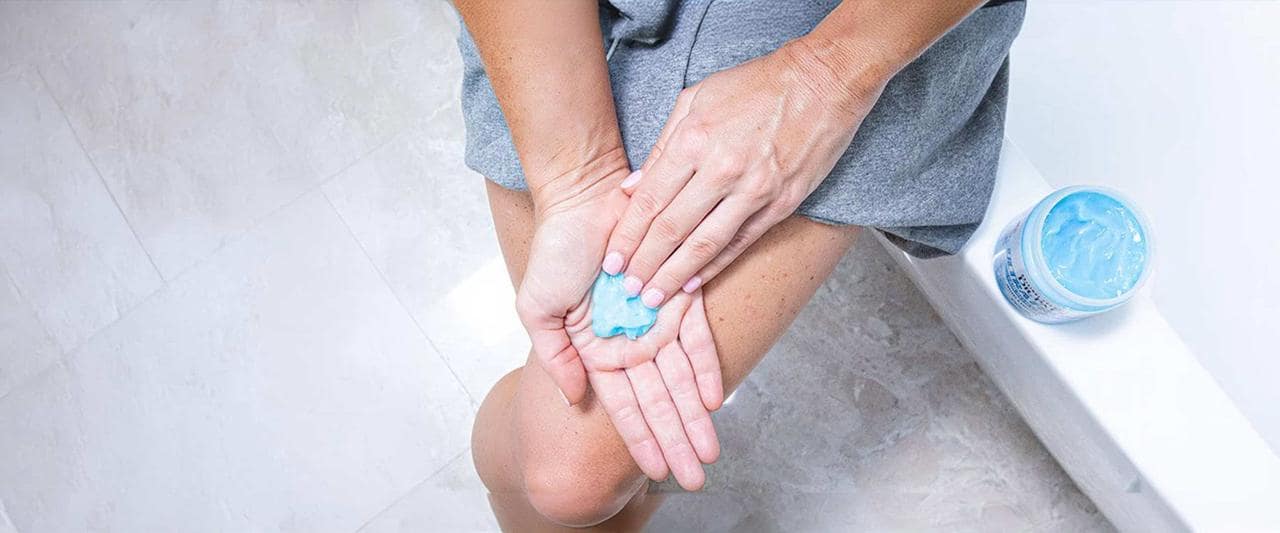Arthritis in Hands Treatment & Relief
Home Remedies Exercises Surgery Cortisone Prevention Precautions
When managing arthritis in hands, treatment at home or with medical supervision can help keep symptoms manageable. Whether osteoarthritis or rheumatoid arthritis, there are a variety of options to choose form. Keep reading to learn more about arthritis in hands treatment and relief.
Home Remedies
Starting your hand treatment at home is always a great place to begin. It is low cost, effective, and can be started immediately. Of course, if you are unsure of any option you can also discuss it with your doctor. For more in-depth information on home remedies , see our full guide.
- Pain Medications
- The best over-the-counter options for hand arthritis are non-steroidal anti-inflammatory medications, or NSAIDs. These include naproxen (Aleve) and ibuprofen (Advil, Motrin). These can be taken daily for pain and swelling relief. However, be aware of the possible serious side effects, such as organ damage, with long term use.
- Splinting
- Arthritis of the hand can leave the fingers and thumb feeling stiff and deformed. Splinting can help support, stretch, and alleviate the problem areas in your hand joints (especially with rheumatoid arthritis). A splint can maximize function and reduce the progression of stiffness that can occur with time and flare-ups.
- Hot and Cold Therapy
- The most comfortable way to initiate hot and cold therapy for the hands is with immersion treatments. This can include cold or hot water baths, heating pads, or paraffin wax. Cold therapy is always a great way to reduce joint pain and swelling, but can also be hard to tolerate with arthritis. Thus, heat tends to be more effective and relieving. If you can tolerate it, consider alternating between hot and cold throughout your day to maximize the benefits of both.
- Pain Cream
- Pain creams usually come with one of two active ingredients: capsaicin for warming or menthol for cooling. These low-risk options can provide quick relief for arthritis pain. The relief is short term and requires frequent re-application. Apply as needed to the affected joint, just be aware of skin irritation or open sores and avoid these areas.
- Lifestyle Changes
- General health is important for managing arthritis symptoms and pain as well. Disease-modifying lifestyle factors that can improve your quality of life no matter the type of arthritis include:
- Proper nutrition, particularly an anti-inflammatory diet
- Regular exercise for the entire body to promote circulation and healing
- Adequate sleep and relaxation time
- Stress management and mental health practices
Hand Exercises
Focused exercise is always an important part of any arthritis program. It helps reduce stiffness, promote circulation, and restore balance. Exercises for hand arthritis will include:
- Hand, finger, thumb and grip strengthening
- Finger, thumb, and wrist stretching and range of motion
- Coordination exercises to optimize hand function
For a full in-depth look, see Hand Exercises for Arthritis .
Surgery
If deformity or dysfunction is too much in the hand, surgery may be recommended. Below are the two most common options that your orthopedic surgeon may recommend.
- Joint Fusion
- When use of a specific joint in the hand becomes painful and affects quality of life, it can be fused. This will limit hand function but can provide pain relief. The most common joints that are fused are the end joints of the fingers.
- Joint Replacement
- To preserve some joint function and relieve pain, knuckles can be replaced with a silicone joint. The expected outcomes for a replacement are not well documented and are definitely not as effective as other more common replacements like the hips and knees.
Cortisone Shots
Cortisone is an anti-inflammatory hormone that can provide swelling and pain relief when injected into the joint. This is a great short term option. Unfortunately, it can be less effective with the small joints of the hands. Plus, cortisone provides little to no long term relief and side effects. It is most useful to decrease pain enough to be able to tolerate other treatment options.
Prevention
As with any joint problem, preventive measures are always best. This should include maintaining good hand health with attention to posture, alignment, and balance of flexibility and strength. If your normal daily activities are hard on your hands, it is important to take the time to care for them. Lastly, lifestyle factors can play a large role as well.
For more information, check out our full resource on Preventing Hand Arthritis .
Taking the Right Precautions for Arthritis in the Hands
Hand arthritis treatment is unique since it is nearly impossible to “rest” the hands. Instead, having the right treatment tools for pain relief and restoring balance to the hands will help you to be able to continue daily activities without too much hindrance. If you need more guidance for treating your arthritic hands, talk to a specialist such as an orthopedic doctor or physical therapist that specializes in hand treatment (hand therapist). Don’t let hand arthritis affect your quality of life, take action for relief today.







